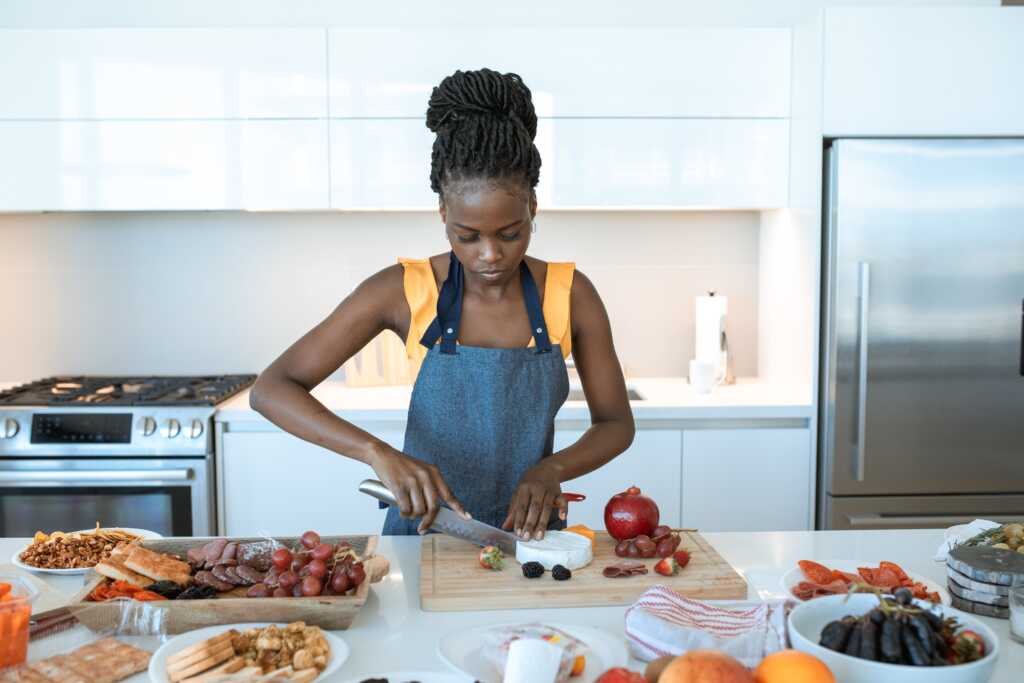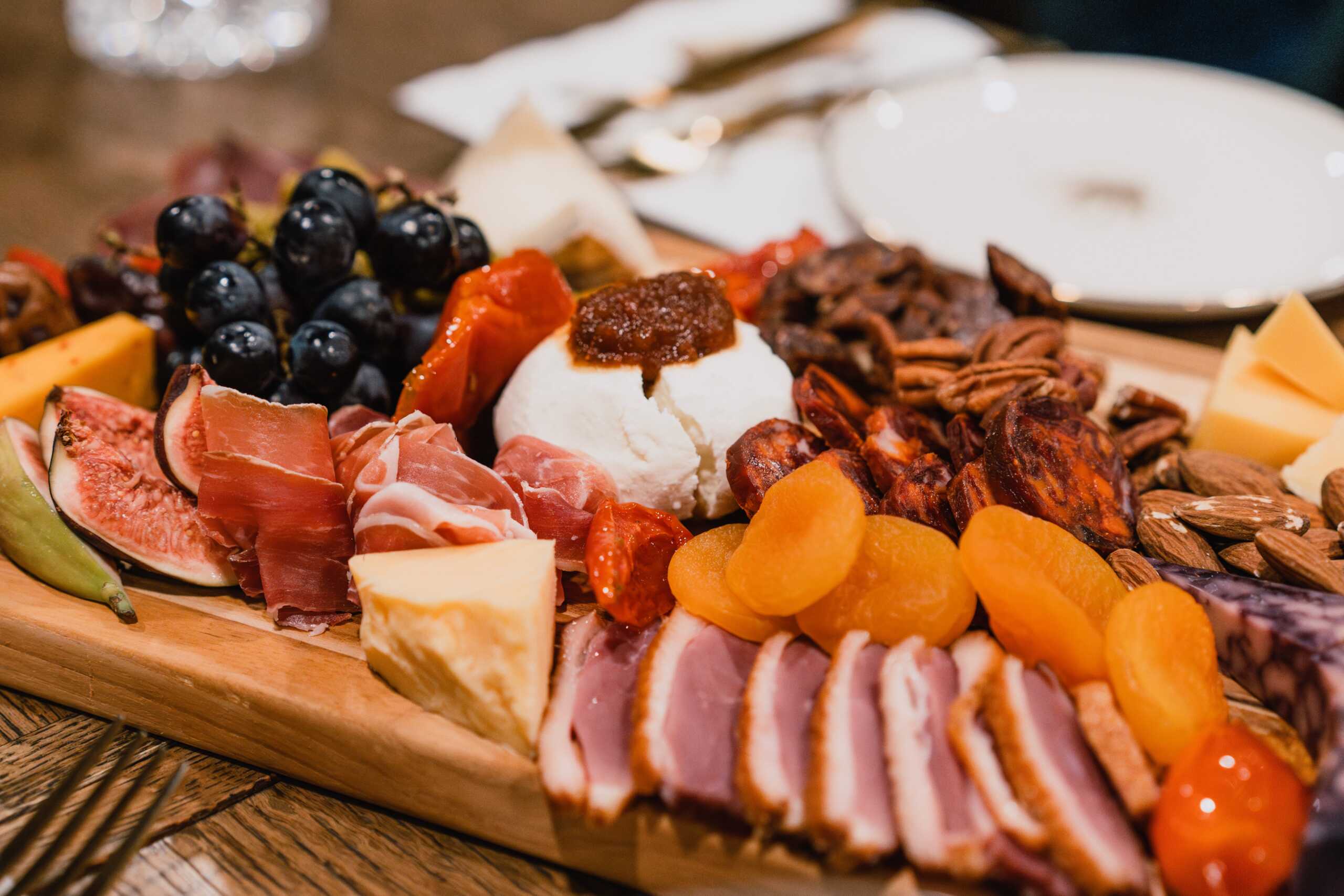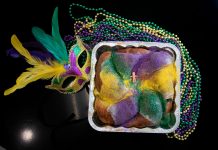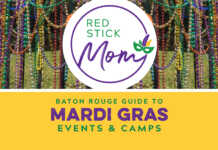Did You Say Charcuterie?
I jumped on the charcuterie board train when they became popular a few years ago, and I’ve been riding the trend ever since because this is exactly how I like to eat! I’ve been known to forgo dinner choosing to indulge in what I call my “fancy” snacks from favorite niche grocery stores Sprouts and Trader Joes. Charcuterie boards have become a fun and fancy way to serve and eat my fancy snacks. Also, if you have finicky eaters, try introducing new foods on a charcuterie platter and watch your family turn into foodies!

The nice thing about charcuterie boards is that there are so many options.
They can be made to serve one person, e.g., a charcuterie cup, up to very large groups in the form of a grazing table. And there are no limits to the selection of ingredients that can be placed on a board. The classic charcuterie board traditionally consist of a selection of meats and cheeses but don’t be afraid to include a variety of bread and crackers, fruit and vegetables, nuts and seeds, sauces and spreads, sweet and salty snacks and garnishes. A thoughtful host can customize their board to accommodate food preferences as well as guests with food aversions and allergies.
Although there is no right or wrong way to go about creating a charcuterie board, here are a few tips for getting started:

1. Choose a theme.
Choosing a theme for your charcuterie board will help you narrow down your ingredients list. The holiday season is the perfect time to create a themed platter for your next get-together. Think a Thanksgiving board featuring carved turkey slices, a cranberry sauce spread, and a bread cornucopia overflowing with fruit and nuts!
2. Select the foundation.
Include tapas bowls to hold dips and spreads as well as any needed utensils. Serving boards are available in various materials from wood to marble, shapes from round to oblong and sizes from mini-individual trays to extra-large platters. Be sure of the number of people you are serving and their appetites when deciding on the size of your charcuterie’s foundation.
3. Make a shopping list.
The general rule is to provide at least 3 ounces of meat and 3 ounces of cheese for each guest. However, you’ll want to consider your audience. If you are entertaining a mixed group of meat eaters and vegetarians make sure you have ample servings of veggies and fruit. Shop for in season items for the best quality produce.


4. Assemble your board.
Start with larger items such a bowl of roasted garlic hummus or a selection of folded meat roses. Follow with medium sized items such as pickled okra or rainbow baby carrots. Fill any empty spaces with smaller items such as mixed nuts or golden raisins and finish with garnishes such as sprigs of fresh mint or edible dandelion flowers.
5. Have Fun!
Charcuterie boards are so much fun to make, eat and share with your family and friends! It’s also fun to say charcuterie over and over again!















